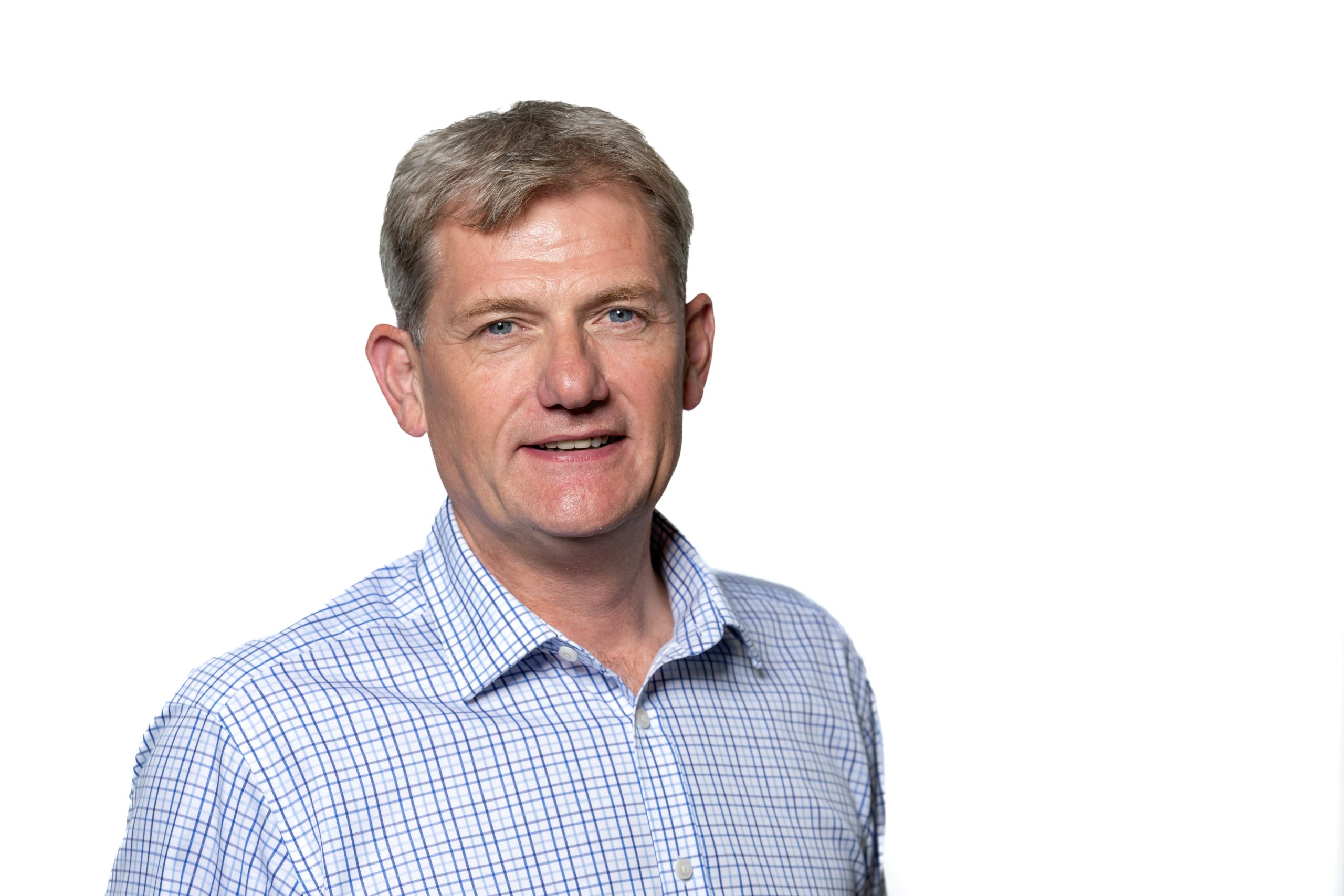
The transition from regulatory period AMP7 to AMP8 in the water industry in England and Wales is taking place in the face of unprecedented scrutiny from the public and media. There is particular focus on the role combined sewer overflows (CSOs) play in discharging pollution to water bodies.
As a global water technology provider, Xylem has strong relationships with most UK water companies. We are already having highly productive strategic conversations with some of the most agile operators about AMP8, which runs from 2025-30.
We also find that some utilities constrain themselves unnecessarily by taking traditional procurement routes – talking to the same consultants and contractors year after year, AMP after AMP. The value and cost efficiencies they need to deliver for customers and the environment might be better achieved going directly to water technology companies for some solutions.
The UK Government published its storm overflows discharge reduction plan in August 2022, committing water companies to spending £56 billion between 2025 and 2050 to reduce spills from CSOs discharging to inland waterways and designated bathing waters. This comes after the 2021 Environment Act made it the responsibility of water companies to monitor discharges through any outfall from a wastewater treatment plant, storm overflow or CSO.
There is also the £5.2 billion spend on asset improvements, investigations, monitoring and catchment interventions required by WINEP – the Water Industry National Environment Plan for phosphorus removal – and that is just between 2020 and 2025. In addition, the sector’s journey to net zero carbon in England by 2030, while it should ultimately drive down energy costs, will still be complex.
Technology companies like Xylem, with multiple solutions to myriad challenges, are looking for opportunities to show water companies what is possible in terms of their existing assets, along with the new technologies that could deliver transformation on operations and capital delivery.
Senior leaders within water companies are invited to make use of our specialists in both water resources and wastewater, along with digital and condition assessment services. It is important that the market is aware of what technology companies can do, and that they involve us in the conversation at the earliest stage possible, alongside the consultancies and contractors.
The technology supply community can address a swathe of issues, and while we hugely value our seat at the table at a couple of the bigger water and sewerage companies, we would like to see that become standard across the sector. It is not about specific products, it is about understanding the possibilities of technologies available across the market.
Suppliers also need engagement with procurement directors around the challenges water companies face on funding. Most are constrained by rules that get in the way of delivering benefits for customers, as they seek out efficiencies and innovation. If they keep going down the same well-trodden routes, then they are not going to move the dial.
One example is the Environment Act, which requires water companies to monitor water bodies for statutory parameters, including temperature, dissolved oxygen, pH, turbidity and ammonium.
The good news is that this is familiar territory for Xylem’s analytics team, as the company’s YSI EXO Sonde has been used exclusively by the Environment Agency for this purpose. Much development work has been done internally, and verification trials have also been carried out with most utilities.
A number of water companies are already using the technology – a new, advanced version of which was released in December 2021 – but only in their clean water teams. Their wastewater operators do not necessarily realise the EXO Sonde is already well established in their organisation, having been deployed in reservoir monitoring and at raw water intakes.
Having the technology provider in the room would reveal this blind-spot, reduce trials and costs, and result in faster deployment. It means companies will arrive at the cost of achieving their outcomes much earlier in the process.
As AMP8 approaches, technology companies relish turning water and wastewater problems into new possibilities, and obstacles into unimagined opportunities. Bring us in, work closely with us, and let us meet – and exceed – the expectations of customers and regulators together.



